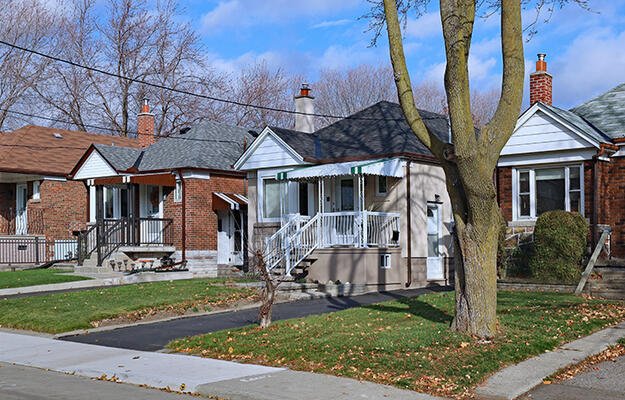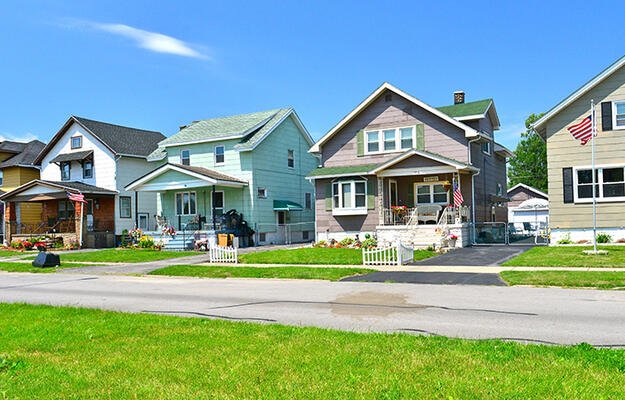
In Mixed-Income Communities, Barriers To Youth Networks
- Title:
- In Mixed-Income Communities, Barriers To Youth Networks
- Author:
-
Robert Chaskin, Mark Joseph
- Source:
- Publication Date:
-
2014
Policymakers increasingly embrace the development of mixed-income communities in the United States. Justification for mixed-income development is often largely based on their potential to minimize concentrated poverty and better support positive outcomes in children and youth. To explore these assumptions, researchers at the University of Chicago and Case Western Reserve University explored the role of youths, as well as the responses to them, in three neighborhoods in Chicago: Oakwood Shores, Park Boulevard and Westhaven Park. The developments are a part of the Chicago Housing Authority’s (CHA) Plan for Transformation. Researchers recorded the perspectives of residents and development professionals and uncovered that within these communities, parents from different socioeconomic backgrounds monitor their children differently, and that many residents generally perceive youth as having a negative impact on the broader community. Due to these factors, proponents of mixed-income communities should not expect relationships among youth to bridge socioeconomic gaps between families.
Major findings:
- A lack of dedicated space for youth activities and a reliance on rules and formal methods of social control contribute to contentious dynamics among youth when it comes to using space.
- In the absence of dedicated space and programmed activities, many young people make use of available spaces that developers, property managers and higher-income residents view as inappropriate for socializing.
- Grounded in concerns about safety and fear of crime, formal rules are generated by property managers to minimize youth presence, even though most residents’ complaints are focused on issues of civility and not actual crime.
- Perceptions of the safety of the neighborhood are largely informed by where residents lived prior, and parents’ management strategies largely keep relationships from forming between youth of different economic backgrounds. For instance, former public housing residents perceived mixed-income neighborhoods as safe and allowed their children to play outside, while higher-income residents viewed the mixed-income neighborhood as less safe and discouraged playing outside.
- Peer-to-peer interactions among youth in mixed-income developments are also limited by a lack of institutions and programs that cater to both youth from higher- and lower-income levels.


